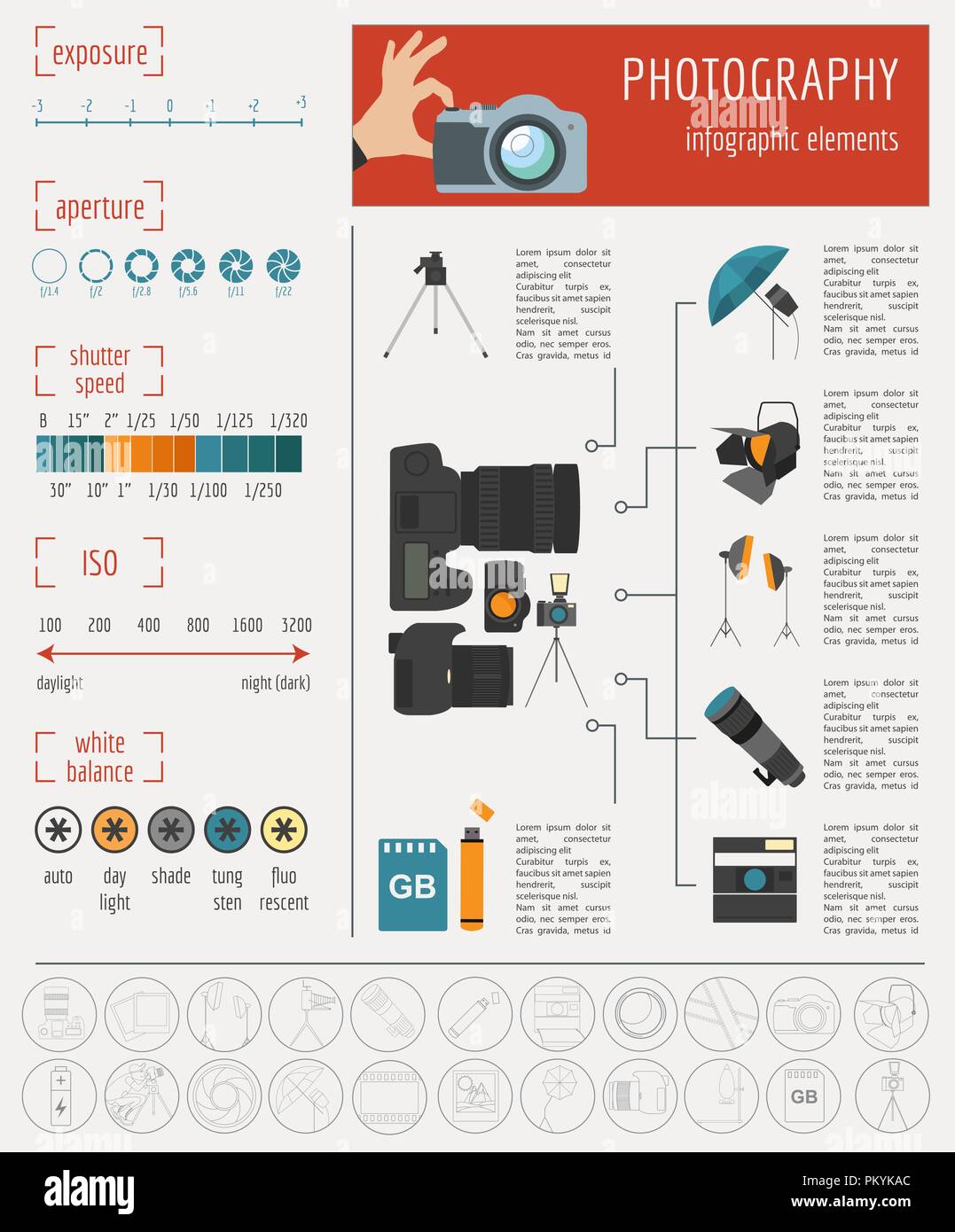Photography Tips For Beginners: Mastering Your Video Camera Quickly
Photography Tips For Beginners: Mastering Your Video Camera Quickly
Blog Article
Post Writer-Whitley Monroe
When you initially grab your electronic camera, it can really feel overwhelming with all the settings and choices offered. You may find yourself wondering how to navigate aperture, shutter rate, and ISO successfully. Understanding these principles is vital, but there's more to photography than just technical knowledge. Recognizing make-up strategies and lights conditions can boost your pictures dramatically. So, what if you could find out straightforward strategies to boost your skills and start capturing excellent photos faster than you assume? Let's explore how to transform your photography trip.
Recognizing Camera Settings
Comprehending your cam settings is essential for capturing spectacular images. When copyright Photo get your video camera, familiarize on your own with the three primary settings: aperture, shutter speed, and ISO. Each plays an essential duty in just how your images end up.
Start with aperture, which controls the amount of light going into the lens. A larger aperture (lower f-number) lets in extra light and develops a gorgeous background blur, ideal for pictures. Alternatively, a narrower aperture (higher f-number) keeps more of the scene in focus, suitable for landscapes.
Next off, focus on shutter rate. This setup establishes how much time your camera's sensing unit is revealed to light. A quick shutter rate freezes activity, which is fantastic for activity shots, while a slow-moving shutter speed can produce magnificent effects like smooth water in landscapes.
https://www.express.co.uk/showbiz/tv-radio/1279128/Kate-Middleton-news-Duchess-of-Cambridge-This-Morning-Hold-Still-photography-latest but not least, adjust your ISO. This setting influences your video camera's sensitivity to light. Best professional photographer near me in low-light situations but can introduce noise or grain. Aim for the lowest ISO feasible while still attaining appropriate direct exposure.
Make-up Strategies
When you're out shooting, make-up can make all the distinction in exactly how your images reverberate with viewers. Start by using the policy of thirds; picture your structure divided into 9 equal sections with two horizontal and 2 vertical lines. Position key elements along these lines or at their crossways to produce balance and interest.
Next, think about leading lines. These all-natural lines in your scene, like roads or rivers, attract the customer's eye into the photograph, guiding them via the tale you're informing.
Don't forget framing; usage aspects within your scene, like trees or home windows, to create a structure around your subject, adding depth and focus.
Additionally, watch on your background. A chaotic background can sidetrack from your main subject, while an easy one helps it stand apart.
Last but not least, trying out proportion and patterns; they can develop a striking image that captures attention.
Learning Lights Conditions
Grasping lighting problems is important for catching magnificent pictures, as the ideal light can change an ordinary scene into something amazing.
Start by observing natural light at different times of the day. Mornings and late afternoons offer the most effective light, referred to as the golden hour. The soft, cozy tones during these times can boost your photos magnificently.
Do not avoid overcast days either; diffused light can minimize rough shadows and create a pleasing result, particularly for pictures.
Trying out backlighting by positioning your topic against the source of light. This technique can create a wonderful halo effect and include depth to your photos.
Pay attention to your video camera settings as well. Adjust the ISO, aperture, and shutter speed to suit the lighting problems. A greater ISO can assist in reduced light, but beware of grain.
Make use of a tripod in darker atmospheres to stay clear of blur.
Finally, do not fail to remember fabricated lighting. Flash and continual lights can be fantastic tools for regulating light in challenging problems.
Final thought
In conclusion, grasping your camera doesn't need to be frustrating. By understanding your setups, using structure techniques, and utilizing the power of all-natural light, you'll swiftly boost your photography skills. Keep in mind, practice makes best, so go out there and try out your newly found understanding. With time and dedication, you'll be capturing spectacular images that show your distinct point of view. Enjoy the journey, and don't forget to have a good time while you go to it!
